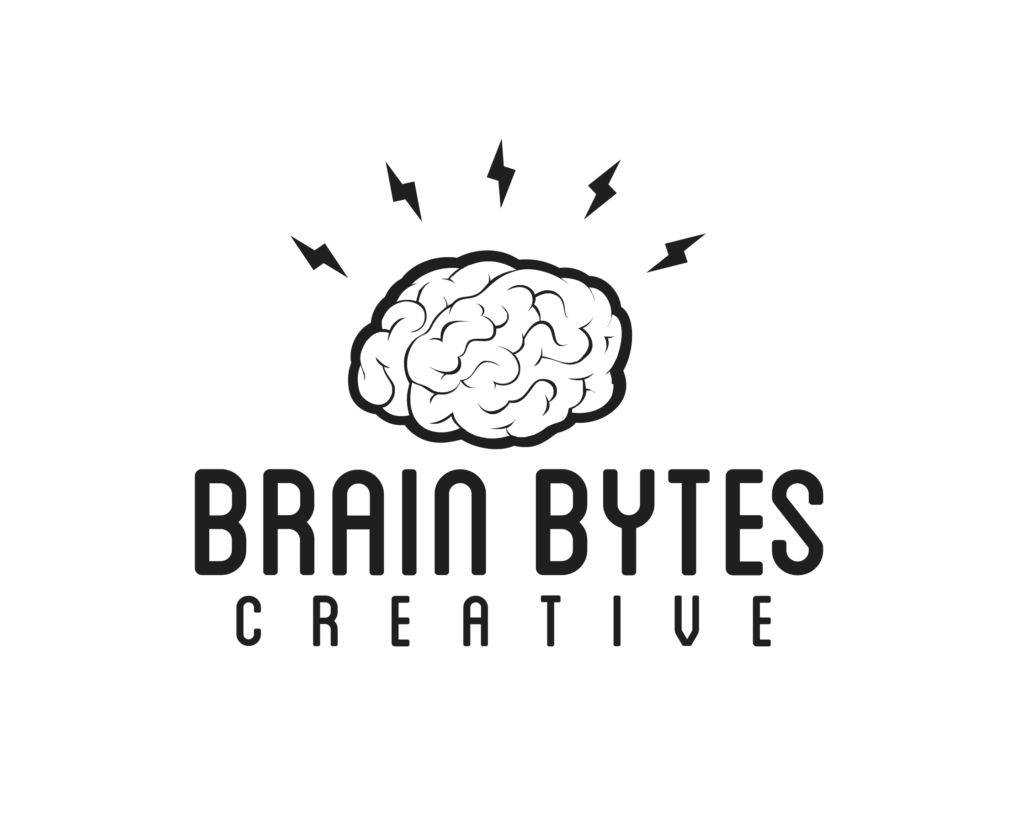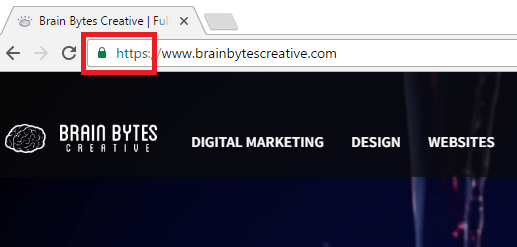How much does a website cost?

If you are asking this question you are likely trying to determine what you will need to budget for a website for your business. You have come to the right place. So how much do your websites cost? Knowing how a great website is created can help give you a better understanding of the cost. […]
Three reasons to secure your website with HTTPS

Astute visitors to the Brain Bytes website may have noticed that it’s secured using HTTPS. Yet our site doesn’t take credit cards, there is no client login option, and we don’t ask visitors for sensitive information. So why did we secure the site? Reason 1: HTTPS is faster than HTTP There is a common misconception […]